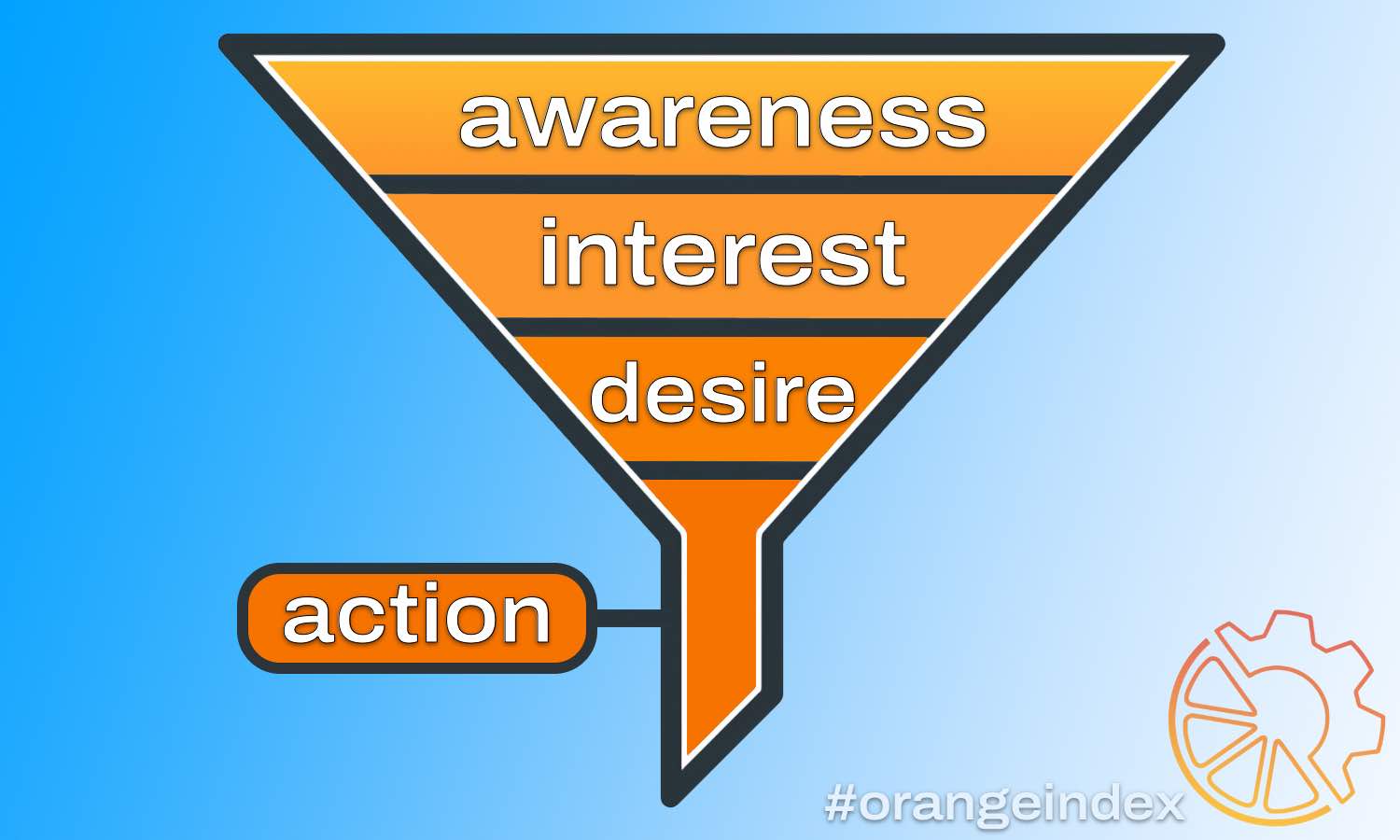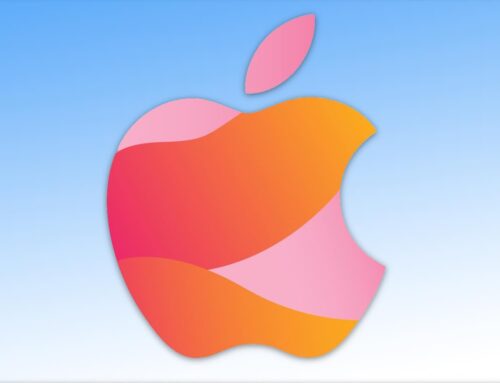A Comprehensive Marketing Strategy
Pay-Per-Click Advertising (PPC) is an essential part of a business or brand’s digital marketing strategy. It involves placing ads on search engines, social media platforms, and other websites, with advertisers paying a fee each time their ad is clicked.
A comprehensive PPC strategy covers every phase of the sales cycle, directing PPC advertising towards users even before they become familiar with your brand or identify their specific product or needs. This approach enables your business to engage potential customers across various touch-points, spanning from the initial Awareness stage to the final Action stage at the bottom of the Sales Funnel.
Maximizing PPC Ads
The Sales Funnel (also known as the marketing funnel, purchase funnel, or customer funnel) typically consists of awareness, interest, desire, and action. To maximize the effectiveness of PPC campaigns and achieve your marketing objectives, a full-funnel approach is important. Here’s why:
- Targeting Different Audience Segments: A full-funnel approach allows you to target audiences at various stages of the customer journey. This includes reaching people who are just becoming aware of your brand (top of the funnel), those considering your products or services (middle of the funnel), and those ready to make a purchase (bottom of the funnel). By tailoring your PPC campaigns to each of these stages, you can nurture leads and guide them through the sales funnel.
- Building Brand Awareness: PPC campaigns focused on the top of the funnel can help increase brand visibility and reach a broad audience. This is particularly important for businesses that are new or are looking to expand their market presence. It lays the foundation for attracting potential customers in the later stages of the funnel.
- Generating Leads: Middle-of-the-funnel PPC strategies aim to capture leads and engage with potential customers. This involves using tactics like lead generation forms or gated content to collect contact information from interested users. These leads can then be nurtured and converted into paying customers through further marketing efforts.
- Driving Conversions: Bottom-of-the-funnel PPC campaigns are designed to push users closer to conversion. They might target keywords related to specific products or services, use retargeting ads to re-engage visitors who have shown interest, or offer incentives to encourage immediate purchase decisions.
- Maximizing ROI: A full-funnel approach allows you to allocate your budget more effectively, focusing your spending on strategies that deliver the best results at each stage of the customer journey. By understanding where users are in the funnel, you can tailor your ad copy, landing pages, and bidding strategies to optimize your return on investment (ROI).
- Data-Driven Decision-Making: PPC advertising provides valuable data and insights at every stage of the funnel. This data can be used to refine your campaigns, improve targeting, and make data-driven decisions for better performance.
- Customer Journey Mapping: Understanding the customer journey and how PPC fits into it is crucial for creating a seamless and cohesive user experience. By mapping out the touch-points and interactions users have with your brand, optimization of your PPC strategy can be aligned with their needs and expectations.
Right Message, Right Time
A full-funnel approach to PPC strategy acknowledges the diverse stages of the customer journey and tailors advertising efforts accordingly. This approach enables you to reach potential customers at the right time with the right message, ultimately driving better results and ROI for your business.



